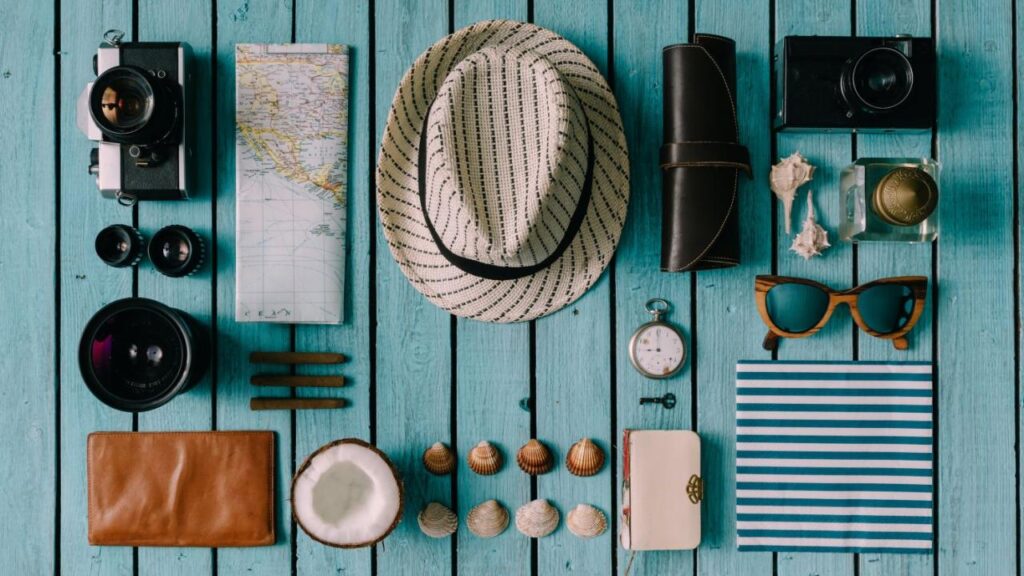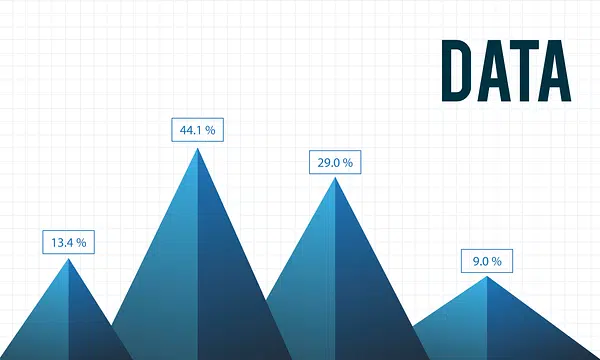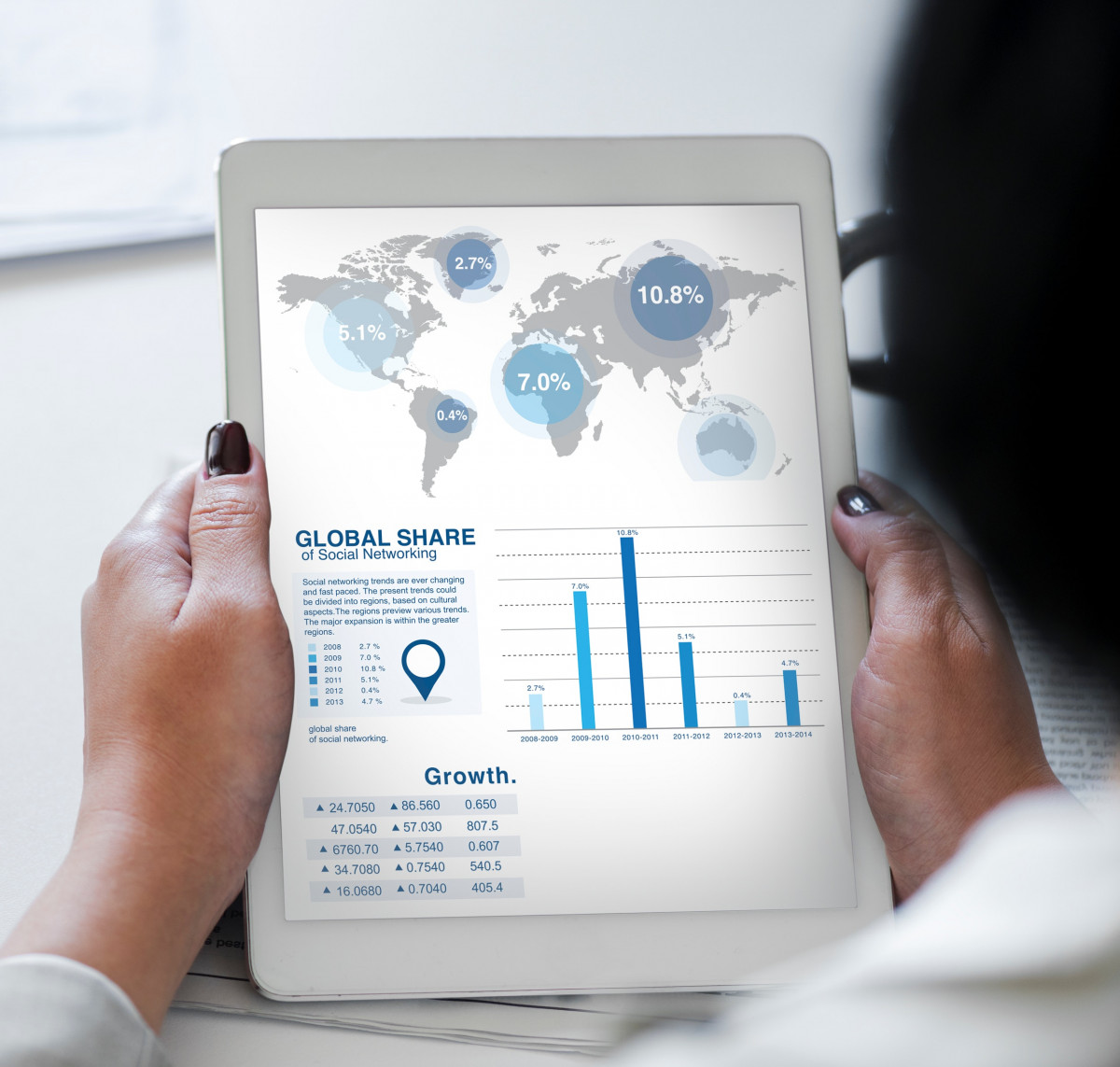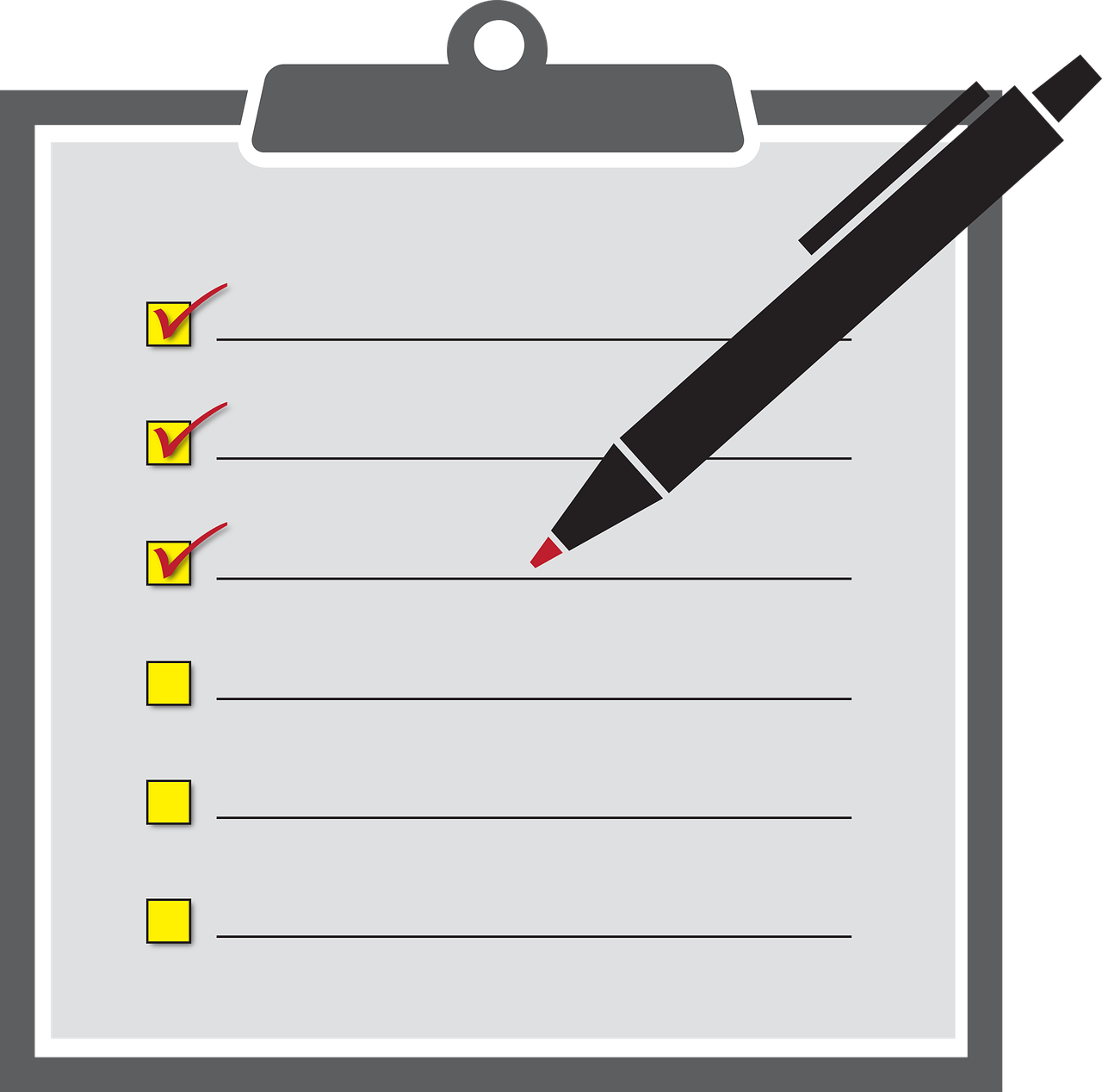In today’s globalized world, where travel is more accessible than ever, a new era of personal security has emerged. The modern traveler, whether exploring bustling urban centers or trekking through remote landscapes, is no longer limited to traditional security measures. Technology has provided a new and powerful arsenal of travel safety tech essentials, transforming the way we prepare for, navigate, and respond to potential risks. Far from being simple gadgets, these smart devices, apps, and digital services form a comprehensive safety net, providing peace of mind, enhancing situational awareness, and offering a crucial lifeline in an emergency. Understanding the diverse range of these tools and how to strategically integrate them into your travel routine is paramount for anyone seeking to make their journeys safer, smarter, and more enjoyable.
The Digital Compass
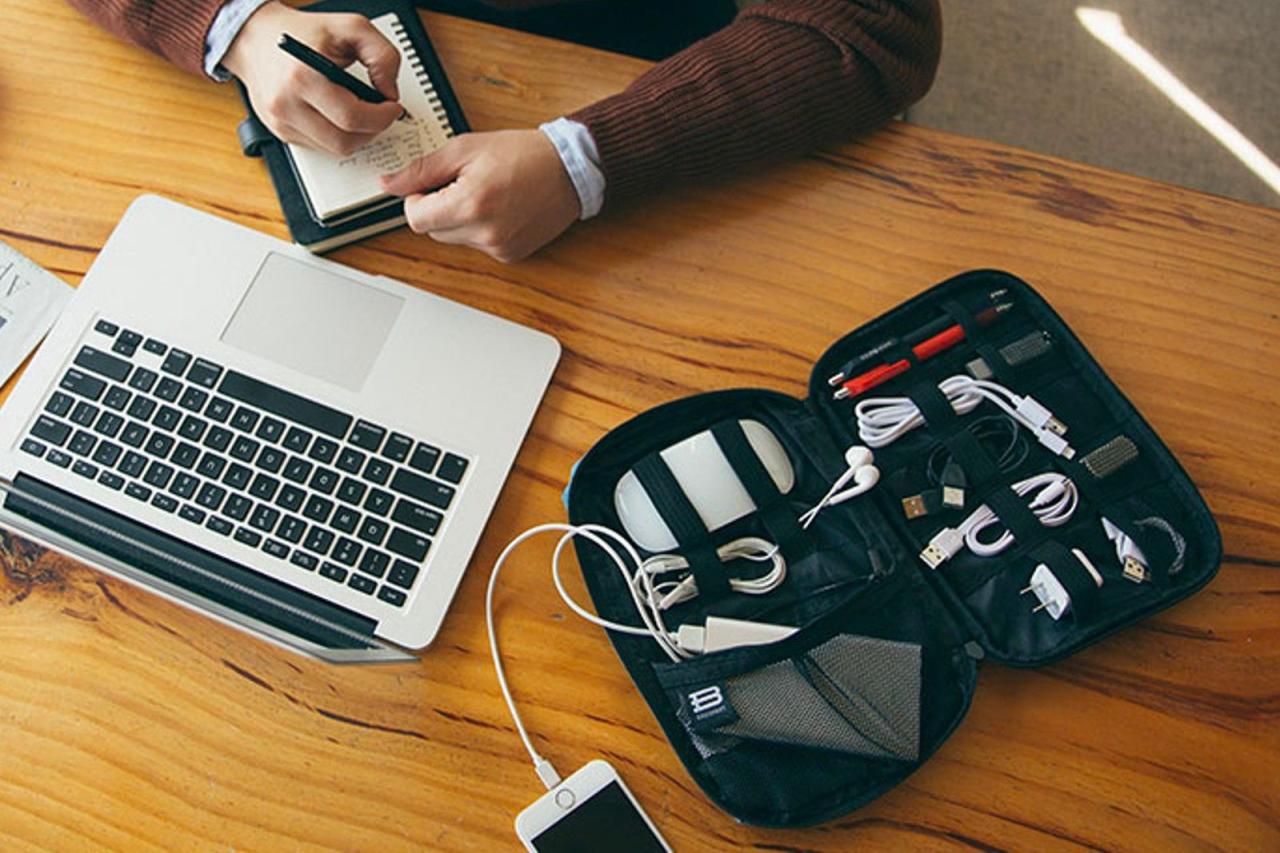
The digital revolution has not only made travel easier to plan but has also introduced new ways to stay safe on the road. The reliance on technology is a direct response to a world where information, communication, and security are intertwined.
A. The Evolution of Travel Safety
From basic maps and paper documents to interconnected digital ecosystems, the journey of travel safety has mirrored the broader arc of technological innovation.
- Traditional Precautions: The first line of defense was often physical—a money belt, a padlock, and a paper copy of your passport. These were effective but limited in their reach and functionality.
- The Mobile Revolution: The smartphone transformed travel safety. It became a GPS navigator, a communication hub, a digital wallet, and a source of real-time information, all in one.
- The Internet of Things (IoT): The IoT has enabled a new generation of smart devices that are interconnected, allowing them to send alerts, track your location, and even monitor the security of your belongings.
- Biometric and Passwordless Security: The move towards biometric authentication and passwordless security has made our devices and our data more secure, which is crucial for protecting our identity and our financial information on the road.
- AI and Predictive Analytics: The future of travel safety will be shaped by AI and predictive analytics. AI could be used to analyze real-time data to identify potential threats or to provide personalized safety recommendations based on a traveler’s itinerary and risk profile.
B. The Pervasive Role of Technology in Modern Travel
The modern traveler uses technology for everything from booking flights and hotels to navigating a new city and communicating with loved ones. It is an indispensable tool that, when used strategically, can provide a new level of security.
- Real-Time Information: Technology provides real-time information on everything from local news and weather to emergency alerts and crime statistics. This allows a traveler to stay informed and to make smarter decisions.
- Seamless Communication: Technology provides a seamless way to communicate with loved ones, from a simple text message to a real-time video call. This is crucial for staying connected and for letting people know you are safe.
- Digital Documentation: All of your travel documents—passport, visa, flight confirmations, hotel bookings—can be stored securely on your smartphone, which is a great way to reduce the risk of loss or theft.
- Financial Security: The use of digital payment systems and mobile banking has reduced the need to carry large amounts of cash, which is a significant safety benefit.
- Emergency Preparedness: Technology provides a crucial lifeline in an emergency. It can be used to contact emergency services, to send a distress signal, or to share your location with a loved one.
Diverse Gadgets for Travel Needs

The range of travel safety gadgets available today is vast, with options for every type of traveler, from the casual tourist to the adventurous backpacker.
A. The Security Toolkit
The first and most critical step in travel safety is protecting your belongings and your digital identity.
- Smart Locks and Trackers:A. Smart Luggage Locks: A smart lock can be locked and unlocked with your smartphone, eliminating the need for a physical key. Many also have a sensor that can send an alert to your phone if someone tries to tamper with your bag.B. Bluetooth Trackers (e.g., Apple AirTag, Tile): These small, discreet trackers can be placed in your wallet, your passport holder, or your luggage. They can be used to track a lost item and to receive an alert if it is separated from you.
C. GPS Trackers: For more valuable items, a GPS tracker can provide a real-time location, which is a powerful way to recover stolen property.
- Digital Privacy and Data Protection:A. Virtual Private Network (VPN): A VPN is a non-negotiable for travel. It encrypts your internet traffic, protecting your data from being intercepted on unsecure public Wi-Fi networks in airports, cafes, and hotels.B. Privacy Screens: A privacy screen for your laptop or tablet can prevent others from viewing your sensitive information when you are working in a public place.
C. Data Blockers (USB Condoms): These small, inexpensive devices block data transfer when you are charging your phone from an unknown USB port, which can protect you from malicious software that could be used to steal your data.
D. RFID-Blocking Wallets and Bags: RFID (Radio-Frequency Identification) skimming is a form of digital theft where a person can use a scanner to steal your credit card information without physical contact. An RFID-blocking wallet or bag can protect your credit cards and your passport from this type of theft.
B. The Personal Security Arsenal
These devices and applications are designed to be a new layer of personal security, leveraging technology to provide peace of mind and a way to get help in an emergency.
- Wearable Safety Devices:A. Panic Button Jewelry: Pendants, bracelets, or necklaces that look like a regular piece of jewelry but contain a hidden panic button. A single press of the button sends a silent alarm to a network of pre-selected contacts or a professional monitoring service with your real-time location.B. Safety Keychains: A keychain is a perfect place for a safety device. Many contain a panic button that sends a silent alert and a loud audible alarm that can be triggered with a separate button.
C. Smartwatches with Emergency SOS: Many smartwatches and fitness trackers now have an emergency SOS feature that can be triggered with a single button press, which can send a distress signal and your location to emergency services or a network of contacts.
- Audible Alarms and Stun Devices:A. Personal Safety Alarms: A small, handheld device that can emit a loud, piercing sound (often over 130 decibels) with a single pull of a pin or a button press. The loud sound is a powerful deterrent that can disorient an attacker and attract the attention of people nearby.B. Tactical Pens: A tactical pen is a discreet, non-lethal device that can be used for self-defense or to break a car window in an emergency.
- Safety Apps:A. Emergency Alerts: Many safety apps, such as Noonlight and bSafe, can send an alert to a network of contacts or a professional monitoring service with your real-time location and a live audio feed.B. Virtual Escort: Some apps also have a virtual escort feature that allows a friend or a family member to follow your journey in real-time.
C. Discreet: A safety app can be triggered with a single tap of a button or a pre-defined gesture on a smartphone.
C. The Health and Emergency Toolkit
In a health emergency, these gadgets and applications can be a matter of life and death.
- Portable Water Filters and Purifiers: A water filter or purifier is an essential device for travelers in areas where the tap water is not safe to drink. It can save you from a variety of water-borne illnesses.
- Medical ID Bracelets and Apps: A medical ID bracelet can contain critical information about your medical conditions, allergies, and emergency contacts, which can be invaluable for first responders. Modern ID bracelets often have a QR code that can be scanned to access a more detailed online medical profile.
- Portable Power Banks: A power bank is an essential piece of equipment for any traveler. It can be used to keep your phone and other devices charged, which is crucial for communication and for using your safety apps in an emergency.
- Digital Copies of Documents: In addition to physical copies, keeping digital copies of all your important documents—passport, visa, credit cards, travel insurance—on a password-protected cloud service or on your phone is a great way to ensure you have access to them in an emergency.
- Language Translation Apps: A language translation app can be a lifesaver in a foreign country. It can be used to communicate with locals, to order food, and to get help in an emergency.
The Responsibility of Ownership
While modern travel safety devices are powerful tools, their effectiveness is tied directly to responsible ownership and a clear understanding of their use and limitations.
A. The Importance of Training and Knowledge
- Know Your Device: Take the time to understand your device. Know how it works, how to use it, and how to maintain it.
- Practice Makes Perfect: Practice using your device in a non-emergency situation. This will help you to use it with confidence and without hesitation in a real-life emergency.
- Know the Law: Before you purchase or carry a personal defense device, know the local laws and regulations. Some devices, such as stun guns and pepper spray, may be restricted or illegal in certain areas.
- Understand Limitations: No device is a magic bullet. Understand the limitations of your device. A personal safety alarm, for example, is a deterrent, but it may not be effective in a remote or isolated area.
- Digital Awareness: Be aware of the digital risks you face, such as phishing, scams, and unsecure Wi-Fi networks.
B. The Role of Situational Awareness
A travel safety device is not a replacement for situational awareness, but a supplement.
- Be Aware of Your Surroundings: Always be aware of your surroundings. Pay attention to the people around you, the environment you are in, and any potential threats.
- Trust Your Instincts: If a situation feels wrong, it probably is. Trust your instincts and remove yourself from the situation.
- Avoid Risky Situations: The best way to stay safe is to avoid risky situations in the first place. Be cautious of walking alone at night in a secluded area, and be careful of strangers who are asking for personal information.
- Have a Plan: In an emergency, a clear plan is essential. Know who to call, where to go, and what to do. A travel safety device can be a key part of that plan.
Conclusion
In a world that is more connected and accessible than ever, travel safety tech essentials have become an indispensable part of the modern traveler’s toolkit. By strategically leveraging technology, from smart luggage locks and GPS trackers to wearable panic buttons and digital health passports, we can transform our journeys from a passive experience into a proactive, empowered, and secure one.
This is a new frontier of travel safety, one that leverages the power of technology to provide a new layer of security and peace of mind. By understanding the diverse range of these devices, their practical applications, and the strategies for using them responsibly, you can empower yourself to navigate the world with greater confidence and a profound sense of security. The journey to safe travel is a continuous one, and it is a journey that is guided by a combination of situational awareness, a clear plan, and the right tools.

